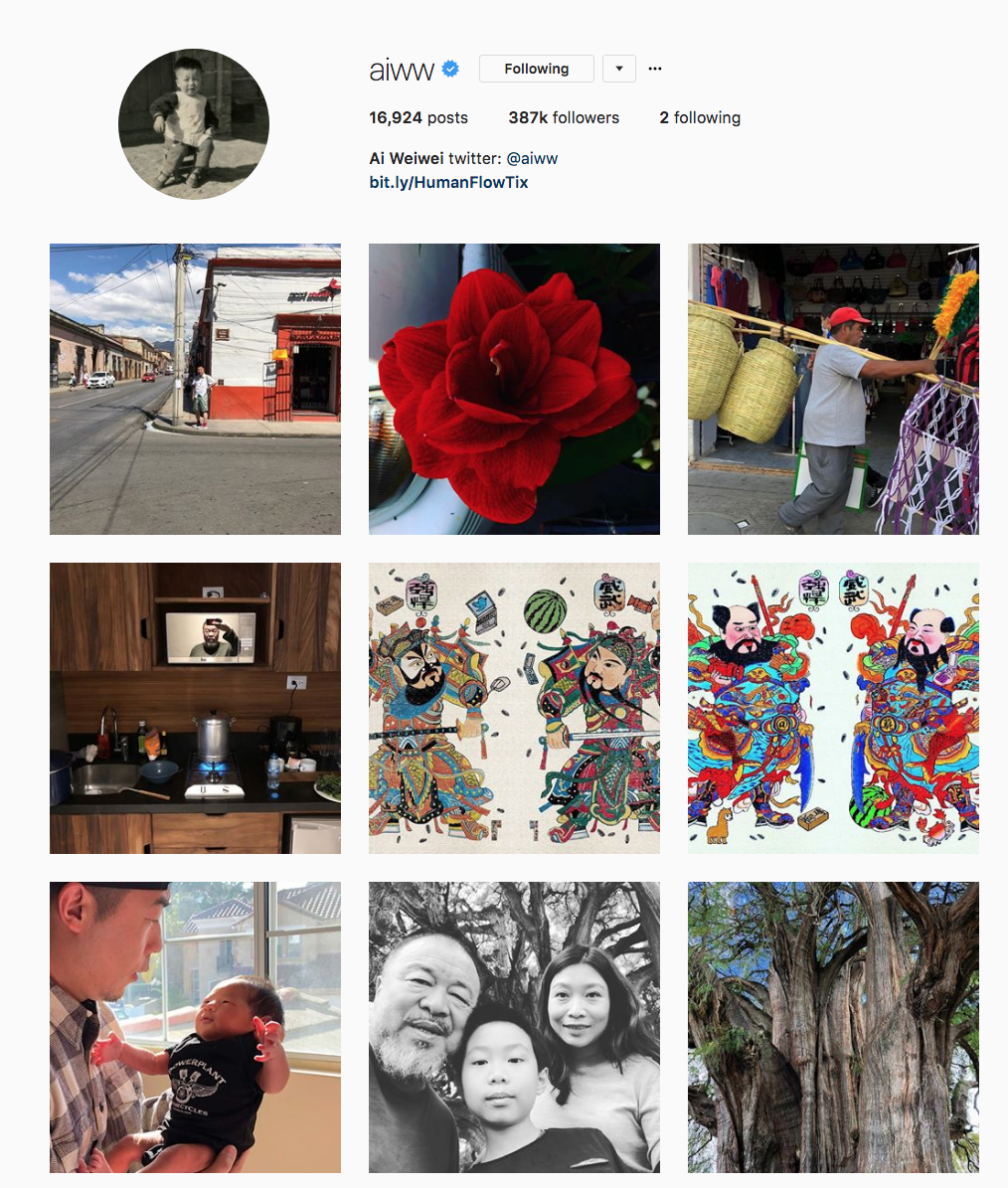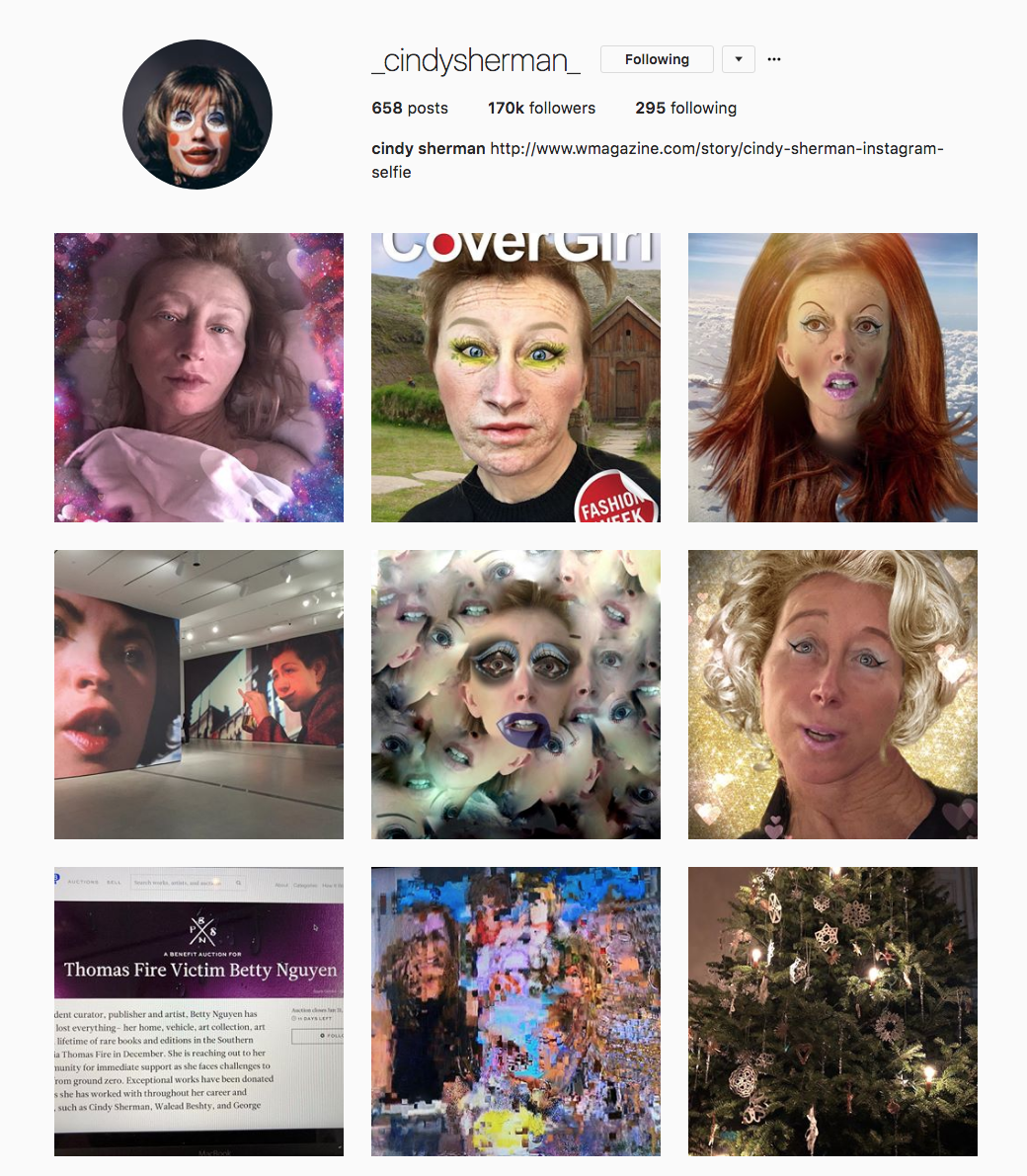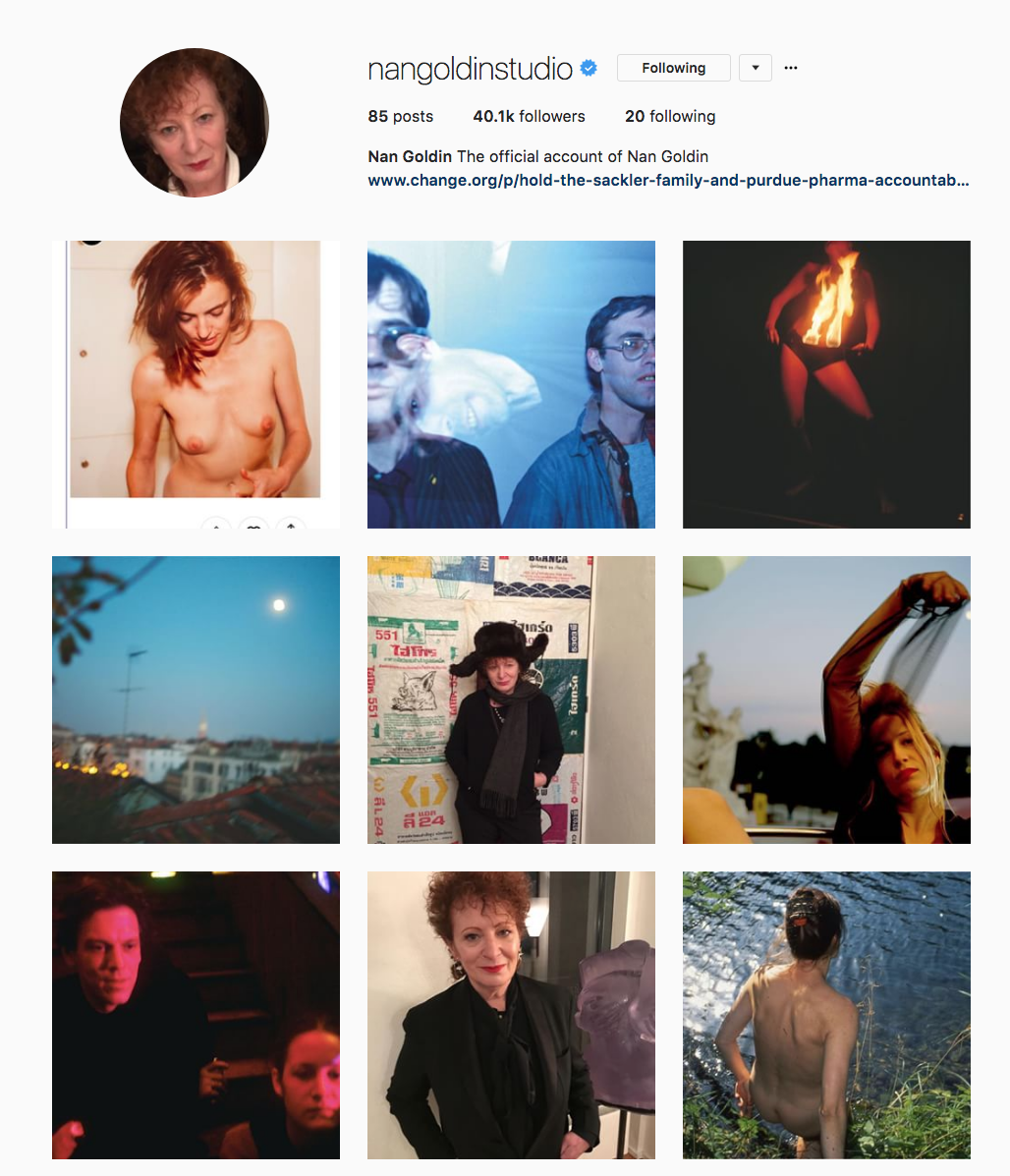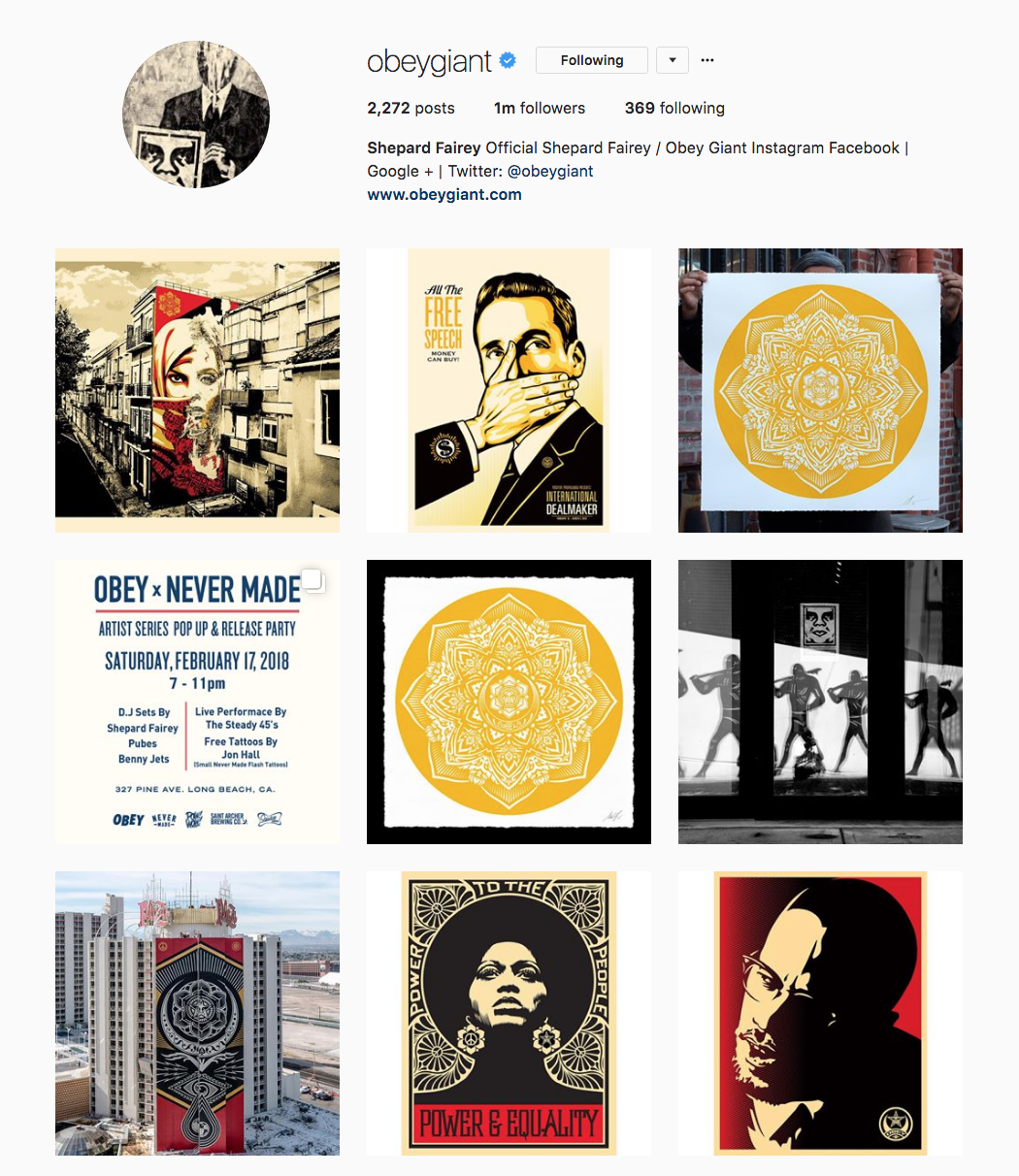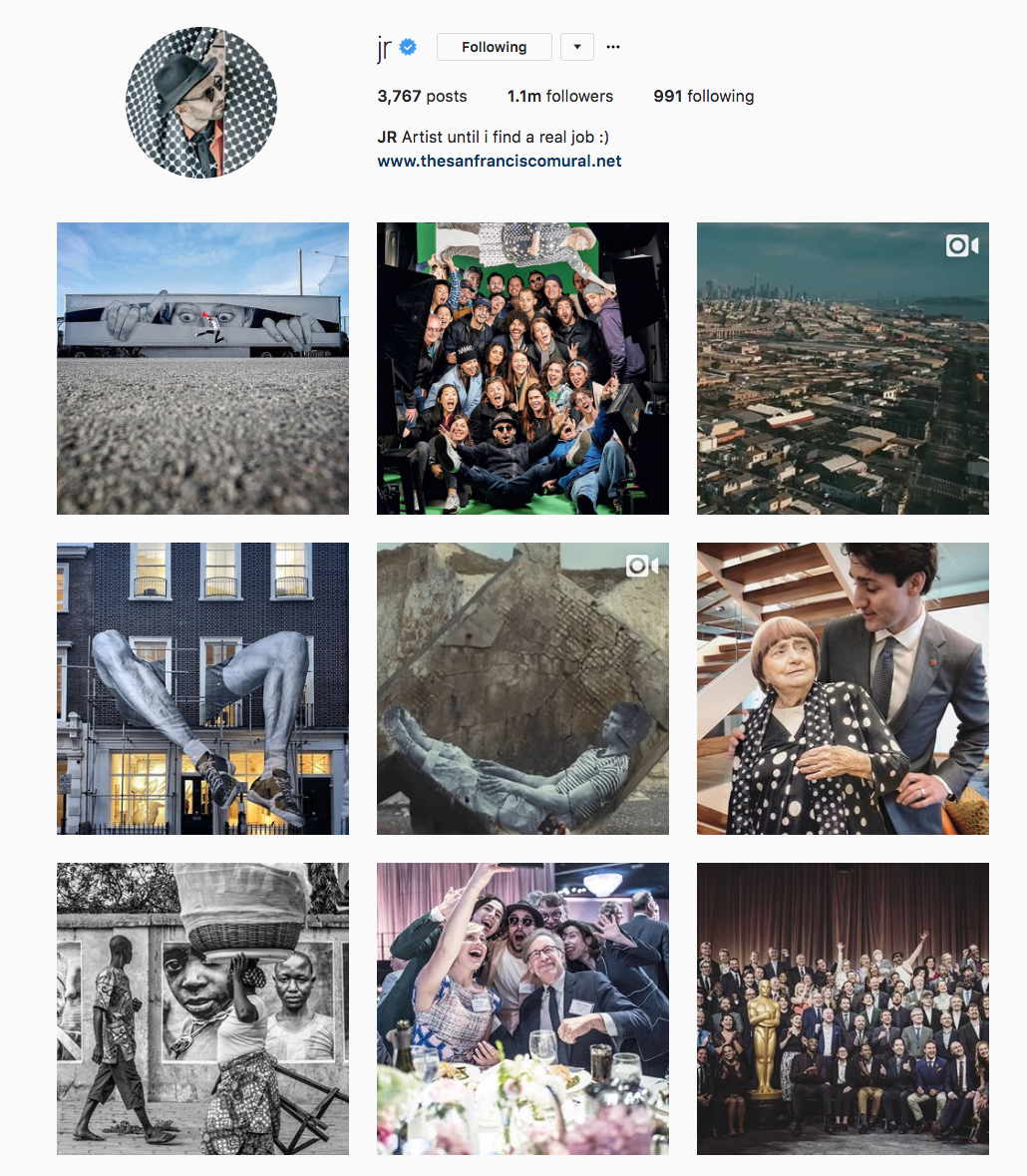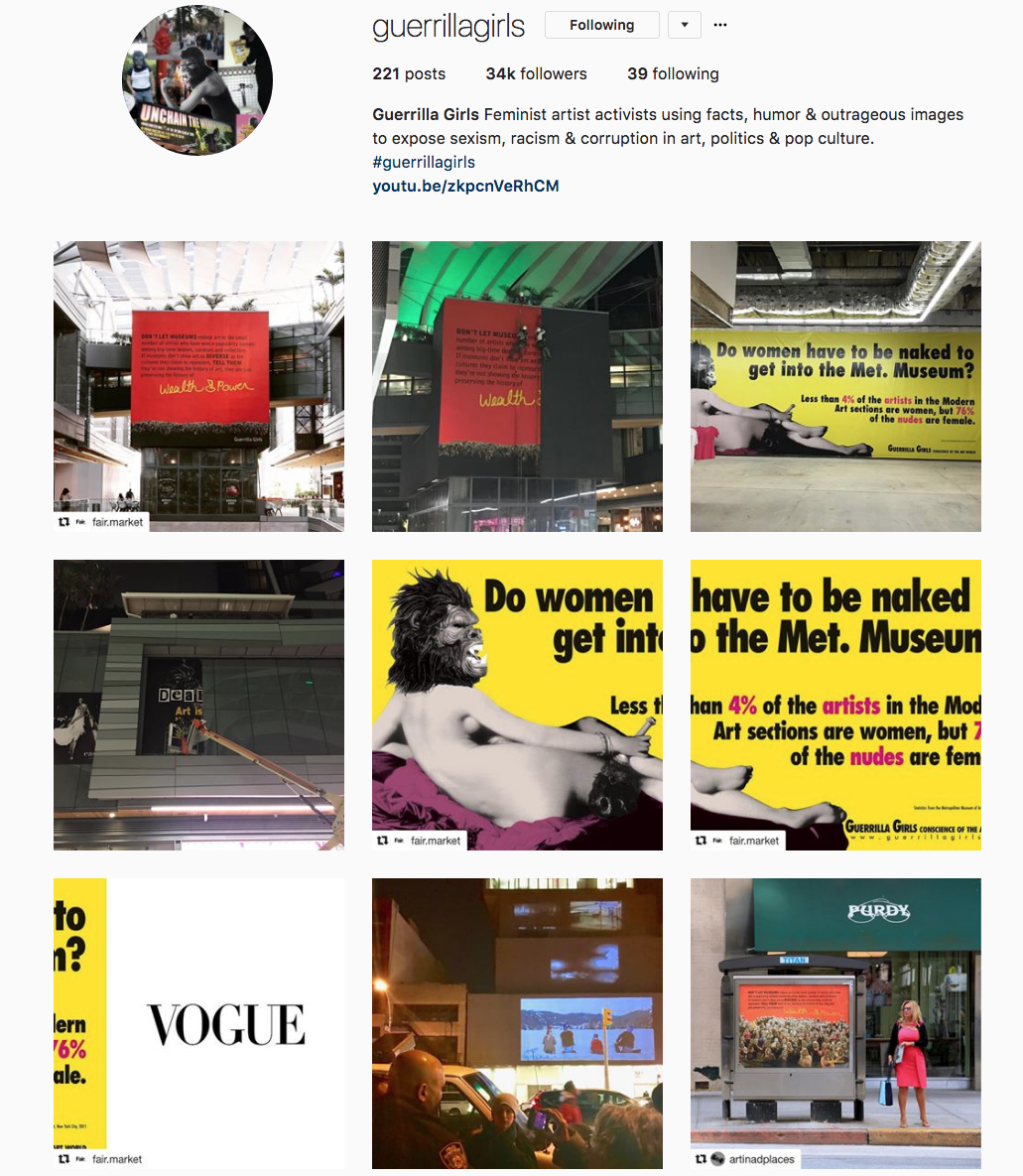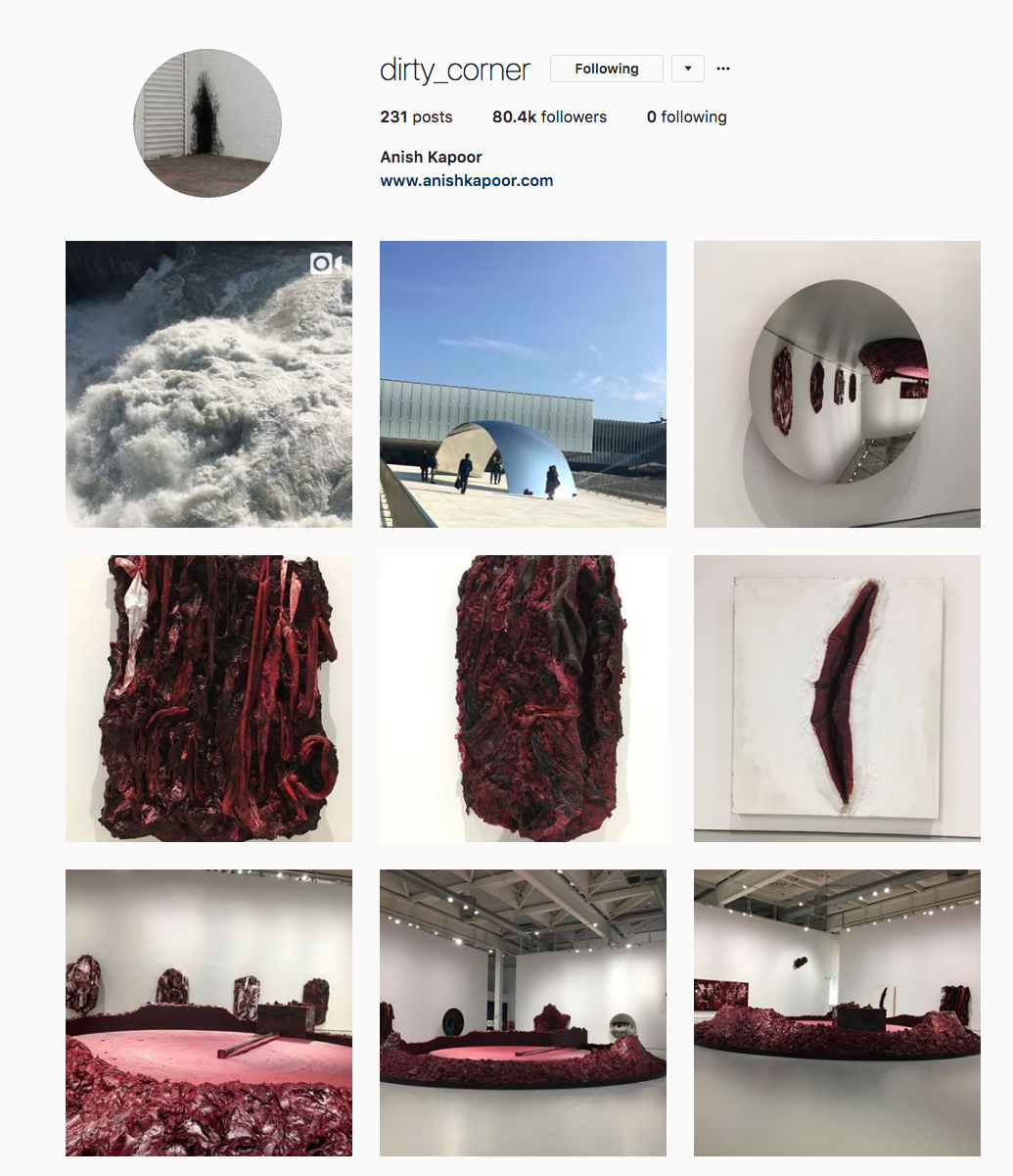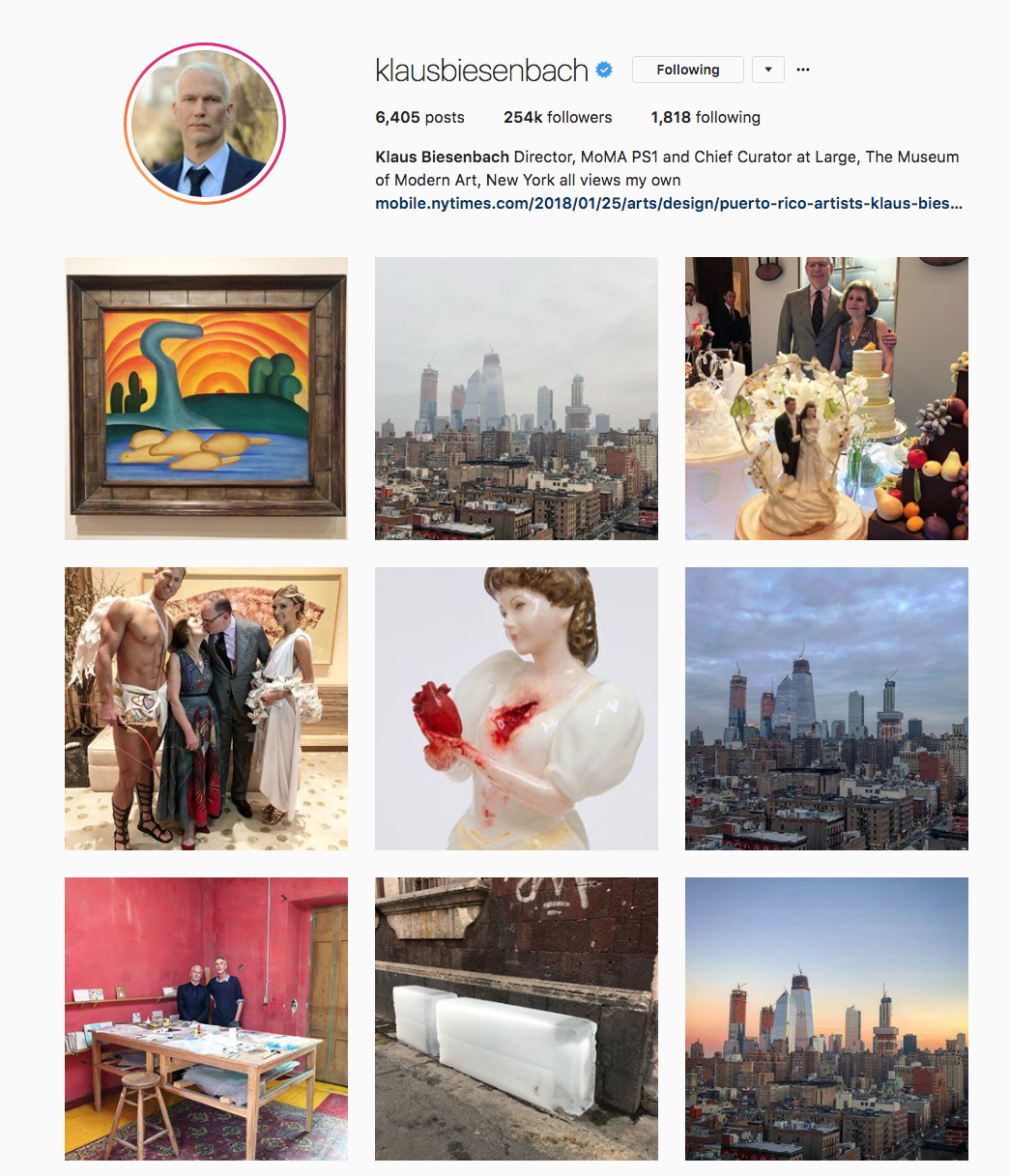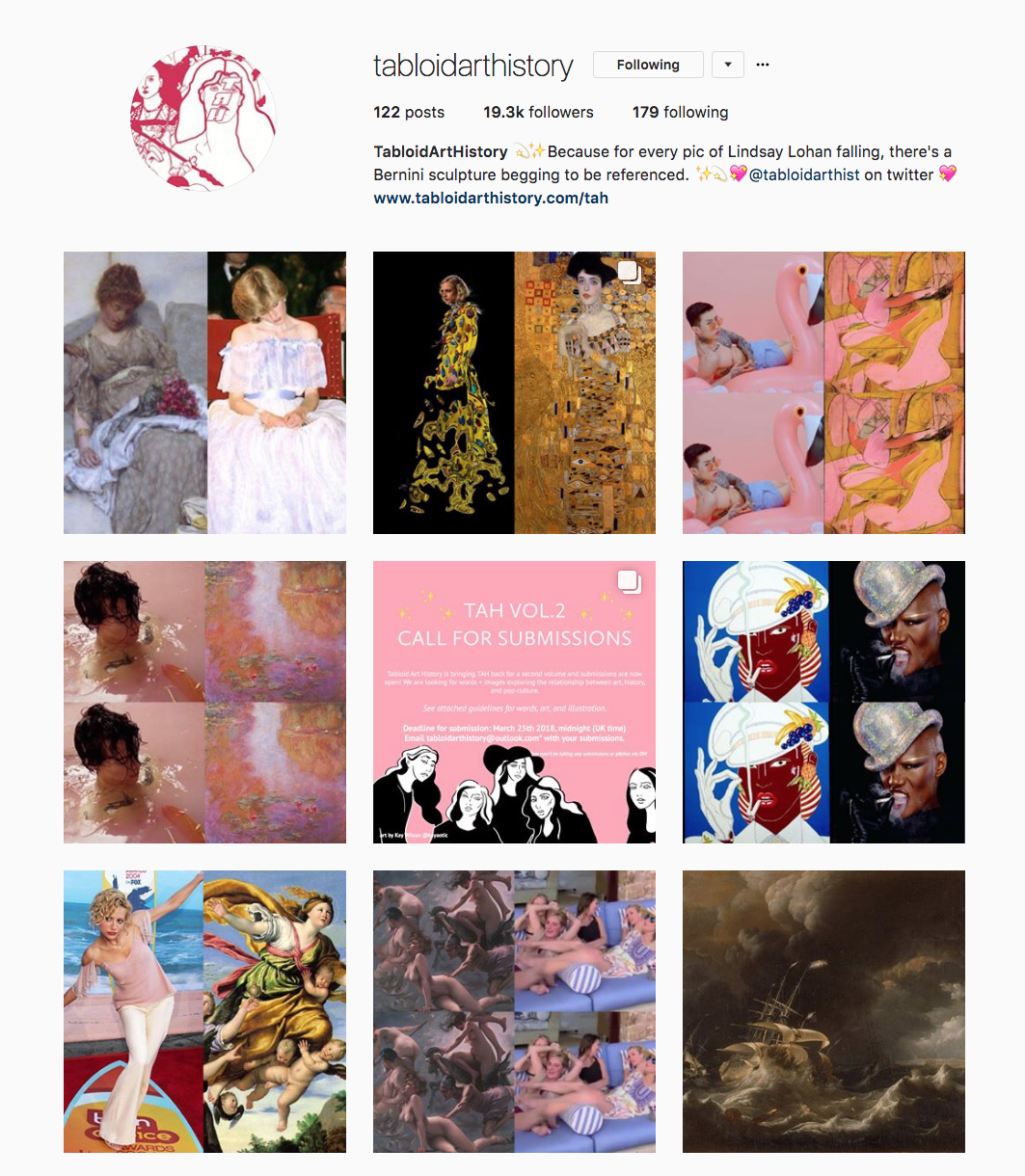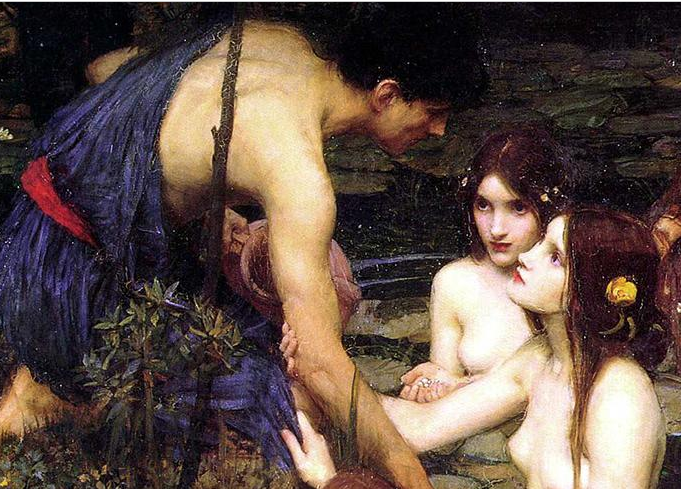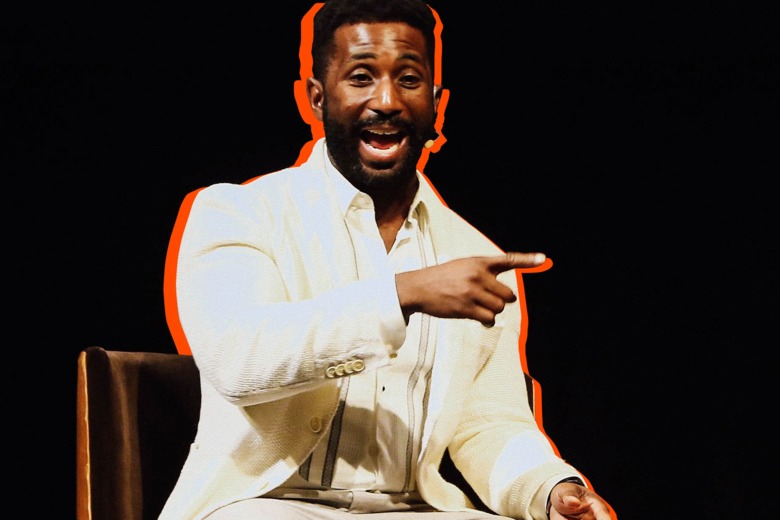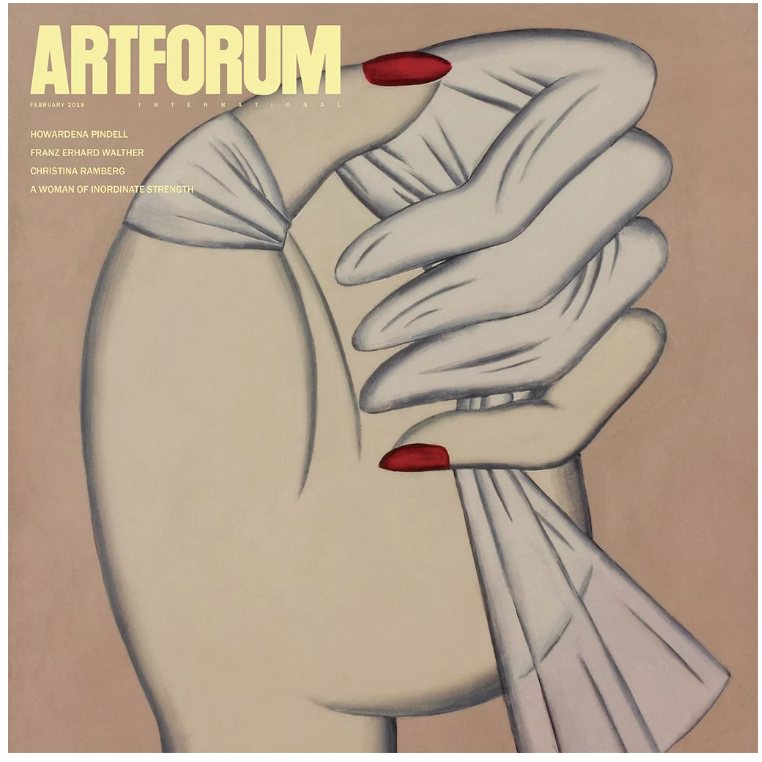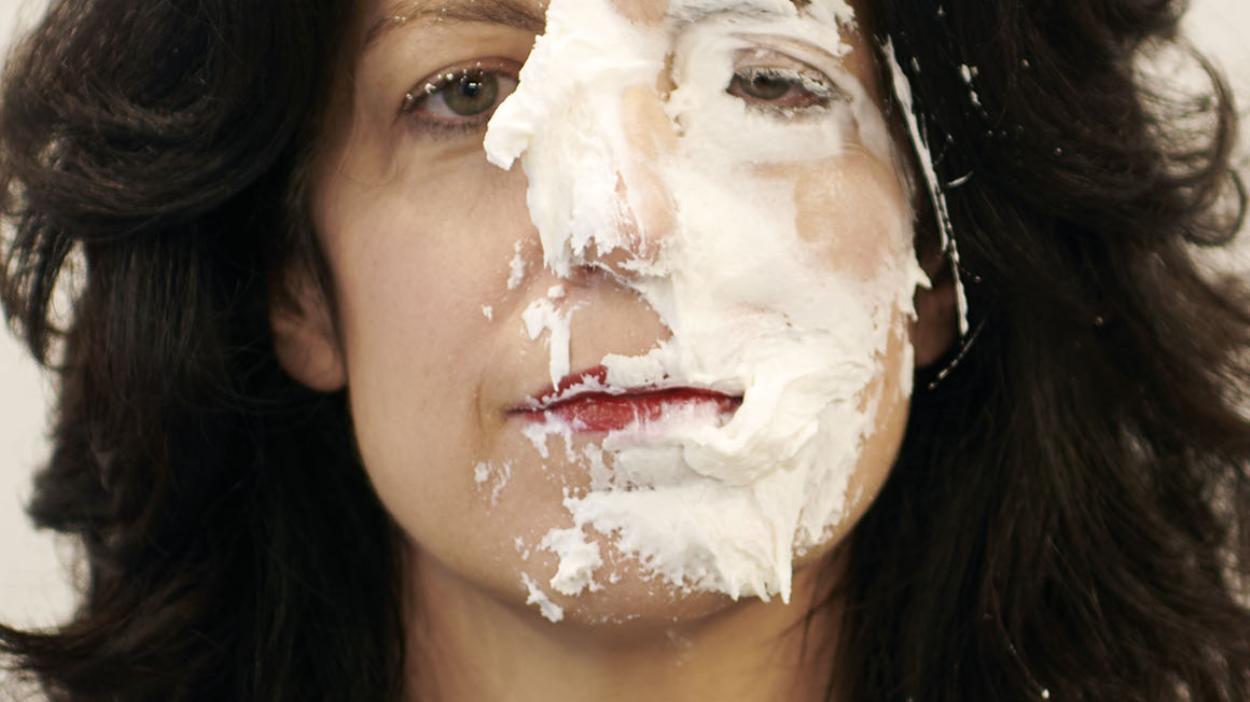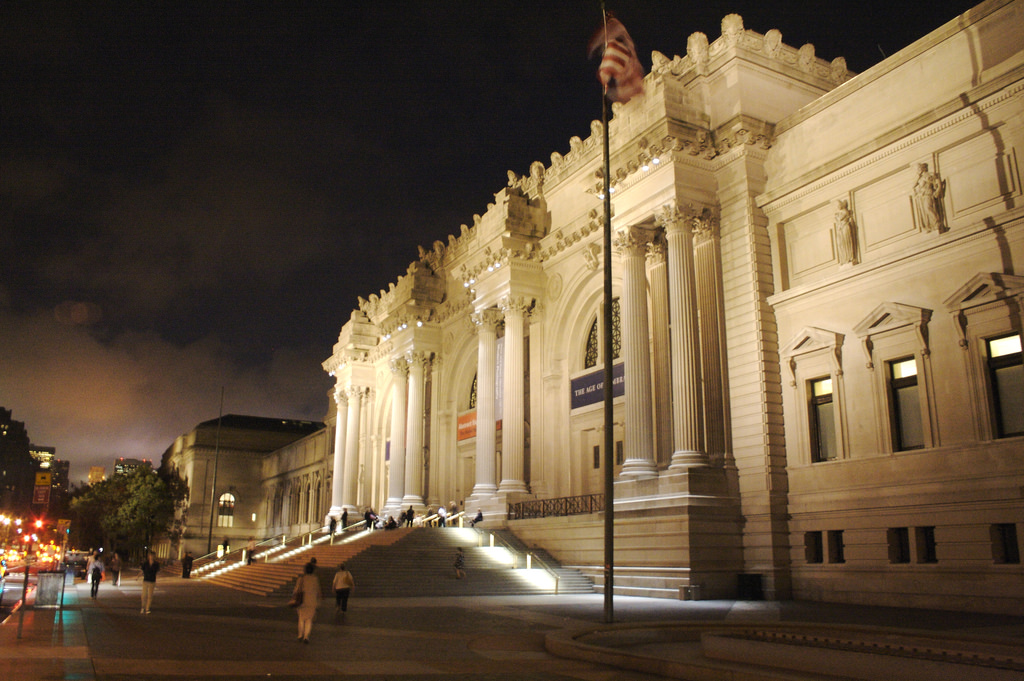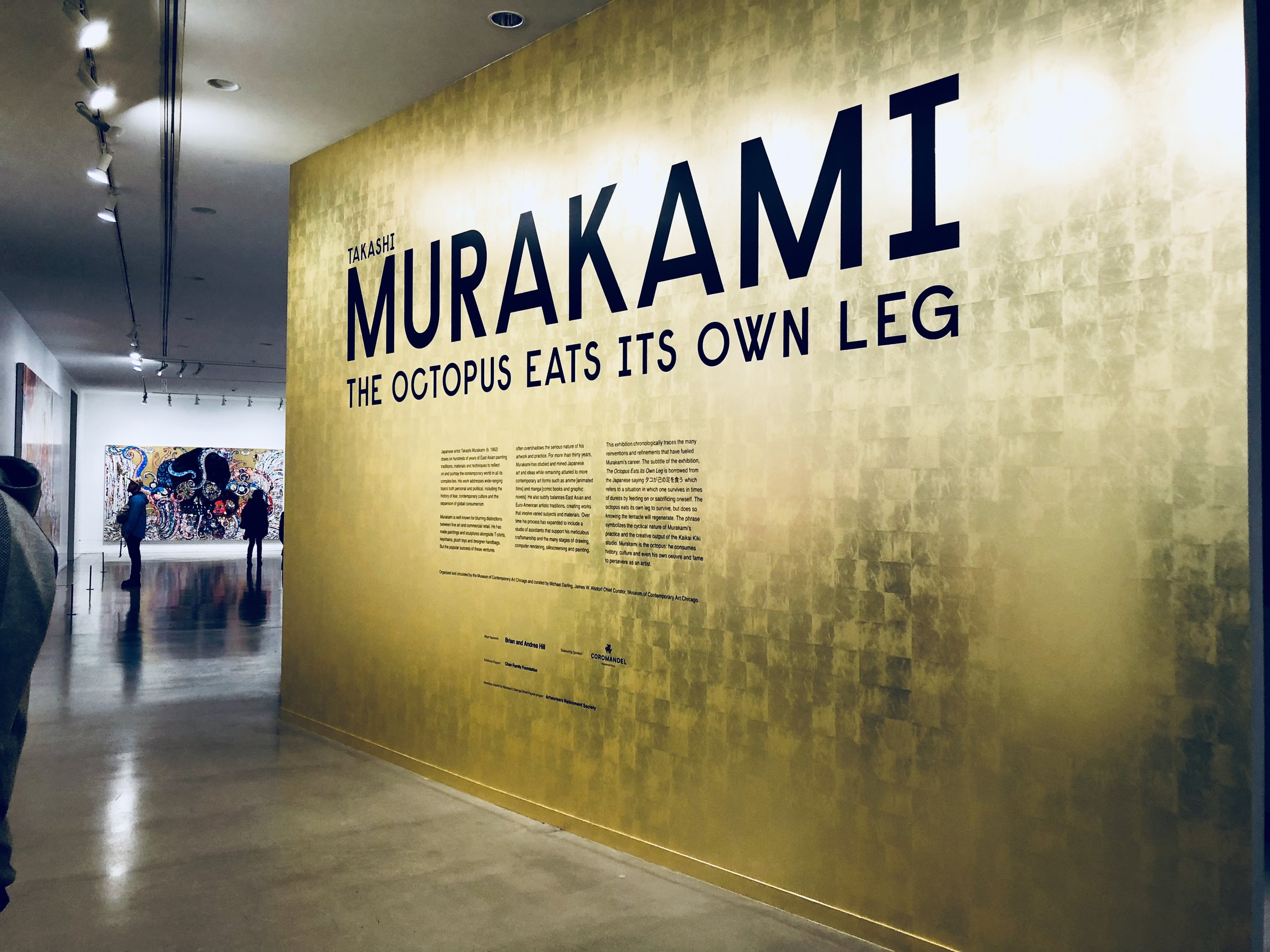Half way into February and it is finally starting to feel like spring is around the corner. Later this week, I will get a preview of the warmer weather I am craving while visiting Los Angeles to take in CAA, my discipline's annual meeting (mostly of North American art historians, visual artists, and others working in the academic fields related to art) at the College Art Association. I have been attending and/or presenting my research at CAA for well over a decade, first as a nervous grad student trying to figure out my field, and now increasingly as a confident member of a profession that I both love and want to help shape. I encourage anyone interested in getting a peek into the workings of art history to attend if they have a chance (here is a look at this year's program), as it is open and welcome to the public. Some years ago, the conference organizers decided to anchor the conference in New York and then move it to other art cities every second year. This year-- lucky us-- we are back in La-La Land.
When I think of Los Angeles, I think, like many of you, of sunshine, palm trees, cars, and the dream factories of Hollywood. I also think of David Hockey. Last year while in London, I visited the David Hockney retrospective at Tate Britain (now at the Met in NYC) and was struck by the incredible size and scale of his famous California paintings. These were works produced during the 1960-70's, mostly staged in private homes, that have since come to define Los Angeles and its particular cultural identity. Hockney's paintings reveal the world of leisure, social isolation, urban sprawl, and manufactured utopias that place the swimming pool at the centre of the Southern California dream. It is such a completely different kind of urban experience than being in New York, yet I completely understand the lure of both places and spaces. I am planning on seeing some fantastic art in LA and hearing some great sessions while at the conference, and will look forward to reporting back more next week. Enjoy the links!

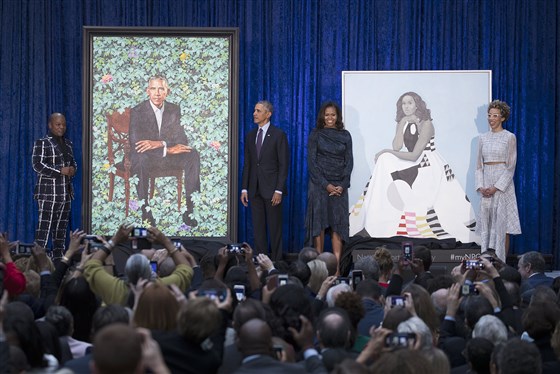








- The Obamas’ Official Portraits Rise to the Occasion
- Kehinde Wiley's Obama portrait controversy proves Americans struggle to engage with art
- Who Is Threatened by Women Who Curate Political Art?
- Ai Weiwei: The artwork that made me the most dangerous person in China
- Carolee Schneemann’s Lifelong Love Affair with Her Cats
- Frank O’Hara & ‘the Skies of Italy in New York’
- How to manage the emotional toll of teaching
- The Provocation and Power of Black Panther
- Strange Worlds, immigration in the early 20th century (VIDEO)
- Peter Doig’s 'Charley’s Space' and 'Snowballed Boy' (VIDEO)



